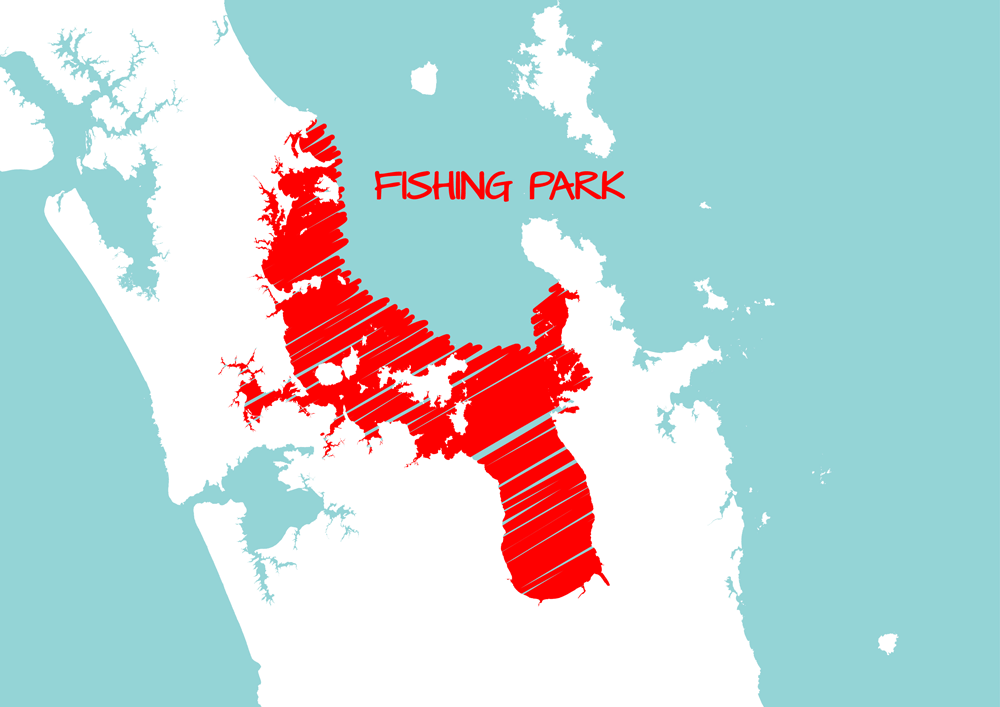Gently, gently
The recreational fishing park is a great idea but it’s only one of several great ideas that need to be ushered in together.
It’s great because it recognises there are better ways to utilise our precious Gulf.
It’s flawed because it cuts across other potentials that are currently on the table.
It’s great because recreational fishing is remarkably inefficient. People expend a lot of effort to catch a fish. They have fun and spend a lot of money in the process. Out initial work suggests recreational fishing activity creates twice the economic value as commercial fishing. It’s a slice of a huge recreational and tourism asset with lots of headroom to grow.
The recreational fishing park is flawed because it’s being presented as a marine protected area when it’s not. Recreational fishing pressure is intense and, unchecked, has a major impact on environmental health.
It’s great, because it invites recreational fishers to take responsibility for their actions. But it’s flawed because they are not putting their hands up to do just that.
To be successful a recreational fishing park needs to be nested alongside some other great ideas.
We need more fish in the sea and to do that the commercial sector needs to reinvent itself. And it is doing just that. The future of fishing the Gulf is extracting more value from every fish caught using methods and harvesting strategies that enable stocks to bounce back quickly.
We need real marine protected areas – no take areas where species and habitats can thrive, creating wonderful destinations and regenerative function – within fishing zones, both recreational and commercial.
Fortunately we have been thinking and talking about just this for the last two years – to produce a marine spatial plan through the Sea Change Tai Timu Tai Pari process.
Our advice to government is let this conversation do its work. The current proposal risks driving people back into corners. There’s greater potential here if you just let us tease it out.


